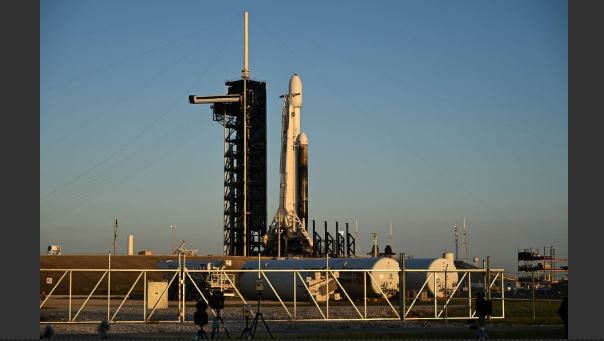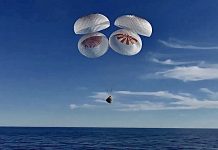
Oct. 14 (UPI) — NASA‘s $5 billion Europa Clipper spacecraft successfully launched from the Kennedy Space Center on top of a SpaceX Super Heavy rocket Monday morning, beginning a six-year trek to Jupiter’s icy moon.
After a one-day delay, the rocket took off shortly in the afternoon with no problems. The rocket’s second-stage booster then performed a final burn in space to jettison the Europa Clipper to its trajectory.
“Leaving our water world, to explore another,” NASA said on Monday, commenting on the spacecraft’s 1.8-billion-mile ride” to explore the mysteries of Europa, Jupiter’s ocean moon.”
The Kennedy Space Center said the exploration will better help scientists understand how life started on Earth as well as if the moon is hospitable for life itself.
The probe took off at 12:06 p.m., EDT from Pad 39A near Cape Canaveral on top of a SpaceX Falcon Heavy rocket and is expected to reach the moon, Europa, in April 2030.

Researchers believe Europa has one of the highest probabilities for life because of what they believe is water under miles of thick ice. In past missions, scientists have seen water plumes break through the surface.
New instruments on the Europa Clipper will help scientists better understand if Europa is habitable.
The mission was originally set to blast off on Sunday, but the impact of Hurricane Milton led NASA and SpaceX to delay the launch until Monday. The extra day gave the space agency and SpaceX to give the rocket one good once-over after the hurricane passed.
“One of the things we have done, working really closely with our NASA Launch Services Program team, is looking at what hardware on the vehicle was set, was suspect, was needed to be evaluated as part of this issue and make sure that it had its necessary checks and validation as needed,” said Julianna Scheiman, director of NASA Science Missions for SpaceX, according to SpaceFlightNow.com.





